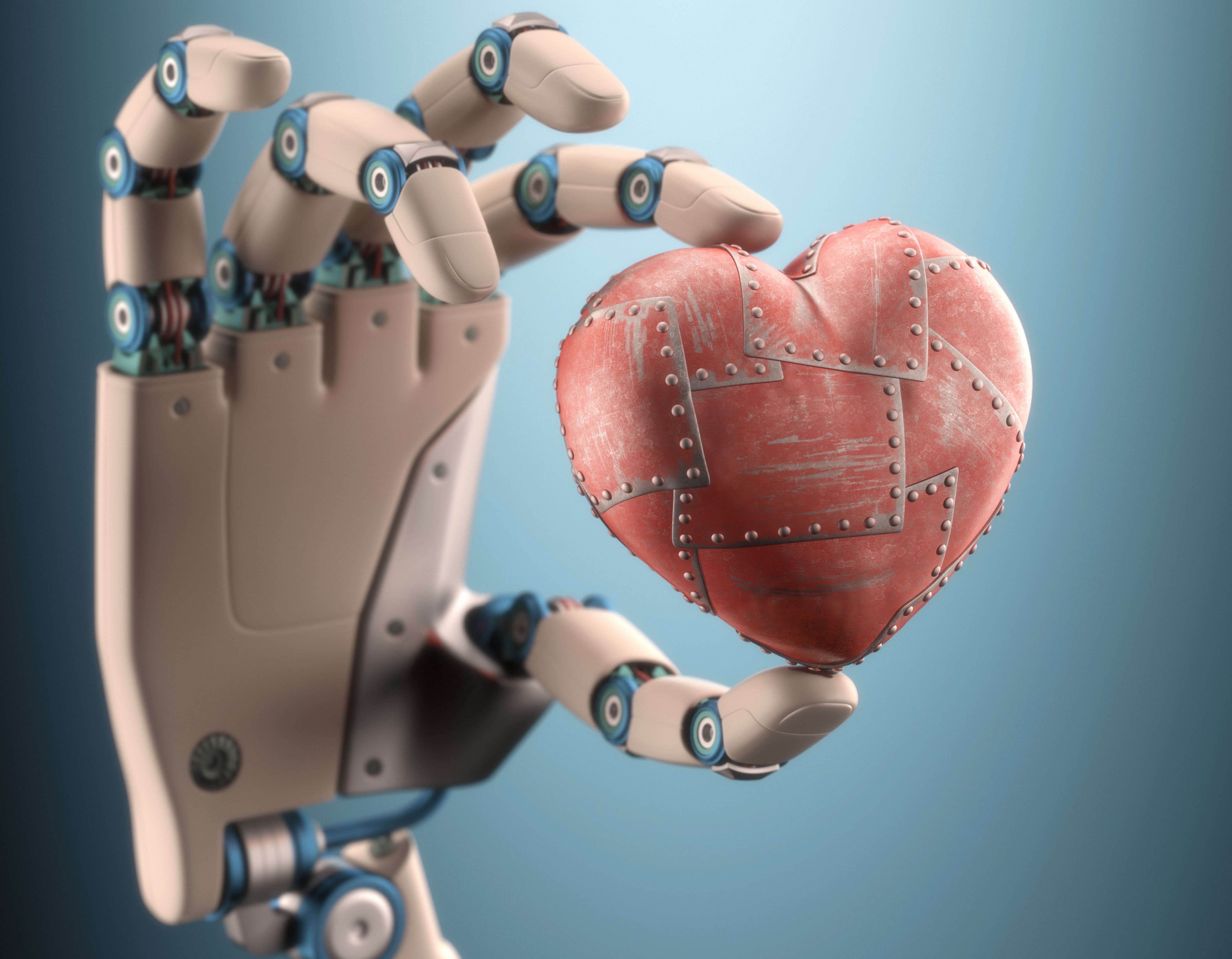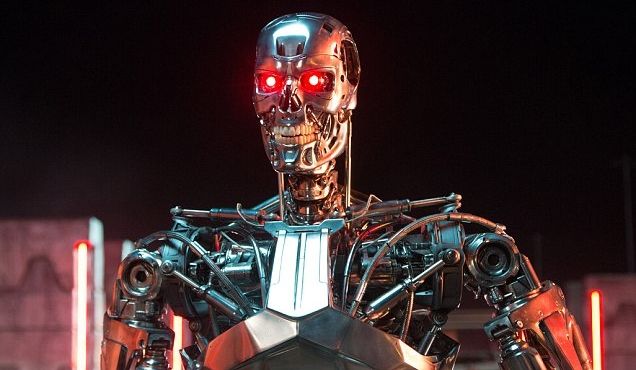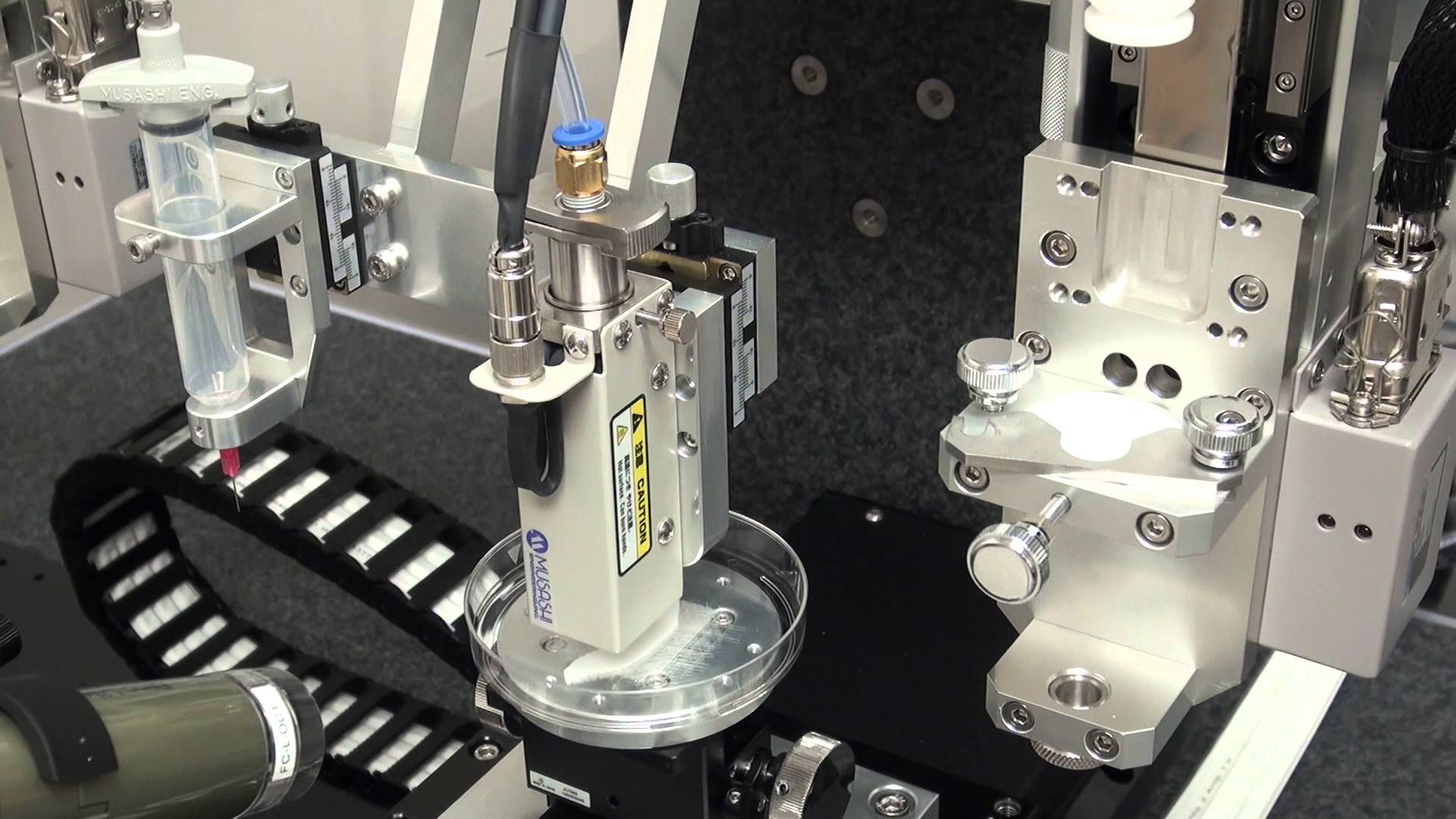Actively awaiting ACTUV.



Chatbots are the “Swans of Bots”.
Chatbots, historically maligned as “weak AI,” are finally transforming from ugly duckling to beautiful swan. According to recent predictions, chatbots (#ConvComm) will be big. Like, Google-killing big, heralding the end of apps and search as we know it — or so proclaimed Forbes and The Wall Street Journal.
Much ink has been spilled. Startups are spawning and capital is flowing, even in these uncertain times. But what is a chatbot, and what can they actually do? Here are five myths debunked:
Myth No. 1: Chatbots and bots are the same thing!

Why it is important to think like a criminal when developing AI as well as Cyber Defense. Recently, I shared some insights on how AI could be used by Criminals (not just hackers) and making it extremely hard for the existing legal system to catch criminals. Robots (just like drones recently have been used) could be used in many ways by cartels, robbers & burglars, killers, and even worse. This is why we have to have solid cyber defense plus stop gaps in place for the legal system to diffuse dangers that could be implemented.
ThreatMetrix’s new report has come up with several new insights from the last quarter including the evolution of bot tactics to avoid the traditional defences of lenders and banks.

No is the answer to this question — example; lets say we have a drug cartel that has a front person by 10 robots at $10K each; then the cartel has on their payroll some hot shot robotic engineers who can reprogram their bots and teaches them to kill or push drugs, etc. Now, you see why the answer is “No”.
Called Quixote, the system teaches ‘value alignment’ to robots by training them to read stories, learn acceptable sequences of events and understand successful ways to behave in human societies.

Although this article highlights the lack of awareness by some CEOs and board members on all things around Cyber Security; I do see a larger gap and risk. I do believe if a fully funded and dedicated joint task force effort among Silicon Valley, US Government, and Wall Street are not in place tackling this jointly to help the country and economy to diffuse this situation within the next 14 to 18 months that AI could fail in its delivery due to public’s concerns around trust and security.
Therefore, tech spent millions if not billions on new AI technology that businesses and consumers see no value in due to risks.
Some board executives still need help from a search engine to explain cyber security issues, warns report.

I must admit that this will be hard to do. Sure; I can code anything to come across as responding & interacting to questions, topics, etc. Granted logical/ pragmatic decision making is based on facts/ information that people have at a given point of time; being human isn’t only based on algorithms and prescript data it includes being spontaneous, and sometimes emotional thinking. Robots without the ability to be spontaneous, and have emotional thinking capabilities; will not be human and will lack the connection that humans need.
Some people worry that someday a robot – or a collective of robots – will turn on humans and physically hurt or plot against us.
The question, they say, is how can robots be taught morality?
There’s no user manual for good behavior. Or is there?

CAMBRIDGE, Mass. (AP) — The Massachusetts Institute of Technology is holding a conference on the future of artificial intelligence that includes some of the field’s biggest names.
Among the keynote speakers at Saturday’s conference at the MIT Media Lab are author and futurist Ray Kurzweil and IBM Watson Vice President and CTO Rob High.
Panels will focus on the influence of AI in the workplace of the future and how to ensure a higher probability of positive outcomes in the field.

https://youtube.com/watch?v=TAYHs-iZHWU
A bioprinter – a three dimensional printer that uses living cells in suspension as its ink, and injection nozzles that can follow a CT scan blueprint – brings the dream of transplant surgery a step nearer: a bespoke body part grown in a laboratory and installed by a robot surgeon.
Scientists and clinicians began exploring tissue culture for transplant surgery more than 20 years ago. But researchers in the US report in Nature Biotechnology that they have harnessed a sophisticated, custom-designed 3D printer to print living muscle, cartilage and bone to repair battlefield injury.
The printed body parts so far have been tested only in laboratory animals. But tested organs have the size, structure and function for human use: once transplanted, they could be colonized by blood vessels and begin to grow and renew themselves normally. The study was backed by the US Armed Forces Institute for Regenerative Medicine.

Scary
A prototype of a new missile-firing multicopter drone was presented at a robot conference near Moscow.
https://youtube.com/watch?v=KE8yq51GVxw
A remotely-operated robot reproducing the minutest particulars of a human doing complicated work will be taken into space to do dangerous jobs in orbit. An operational prototype has been demonstrated to the Russian government’s military sci-tech curator.
Military robots under development in Russia won’t be limited to the battlefield only: space applications will have priority, Deputy Prime Minister Dmitry Rogozin told reporters last weekend.
“We’ve launched work to create an avatar that will become a crewmember of the Russian national orbital station,” Rogozin said.